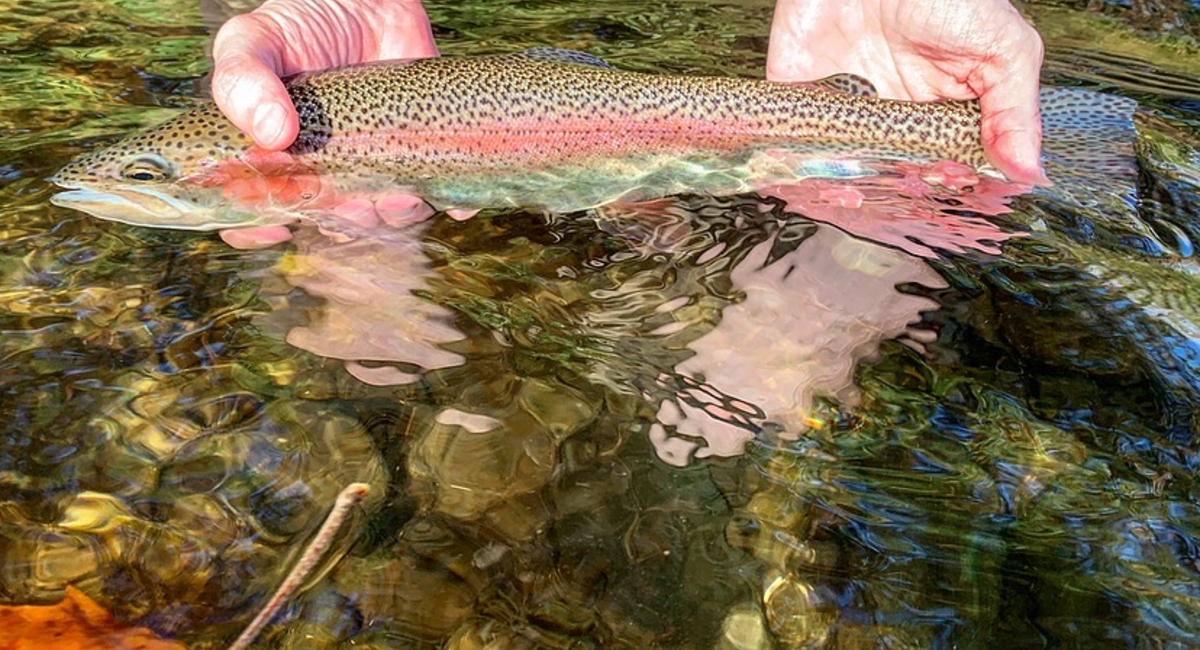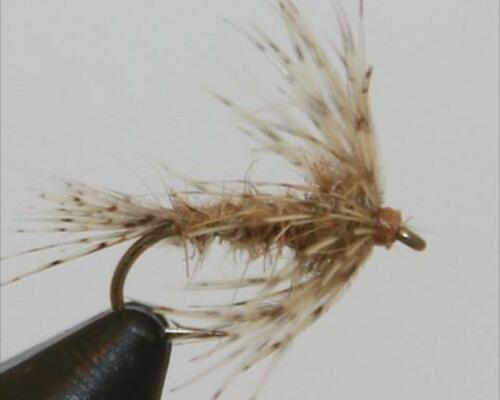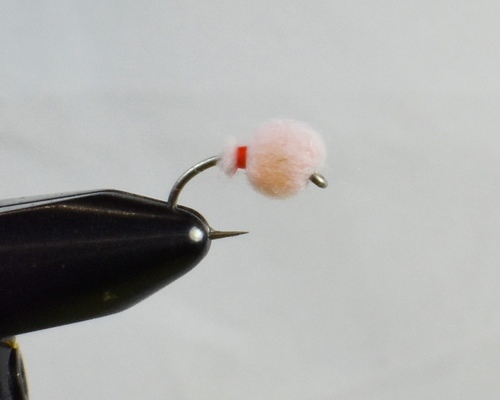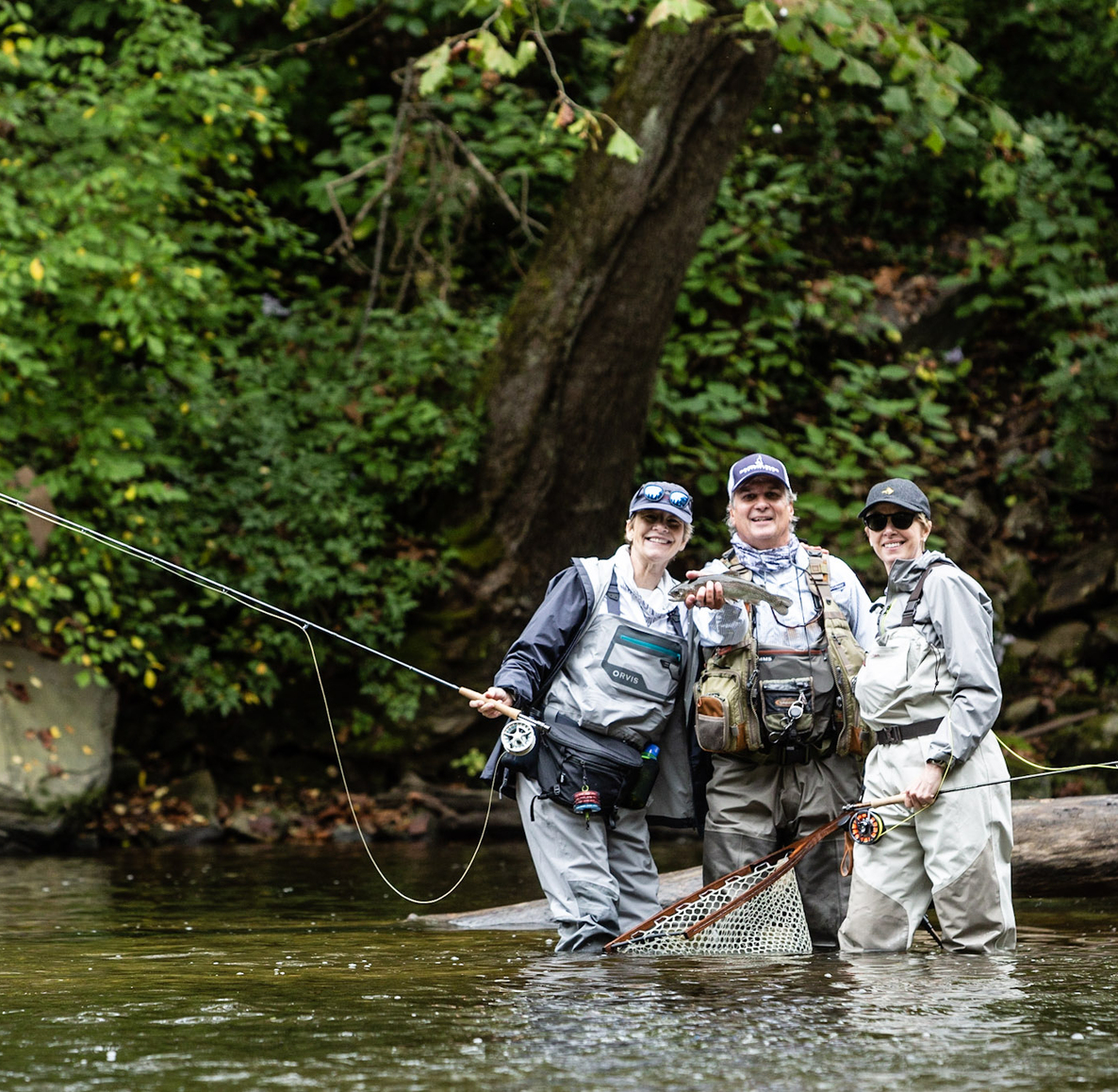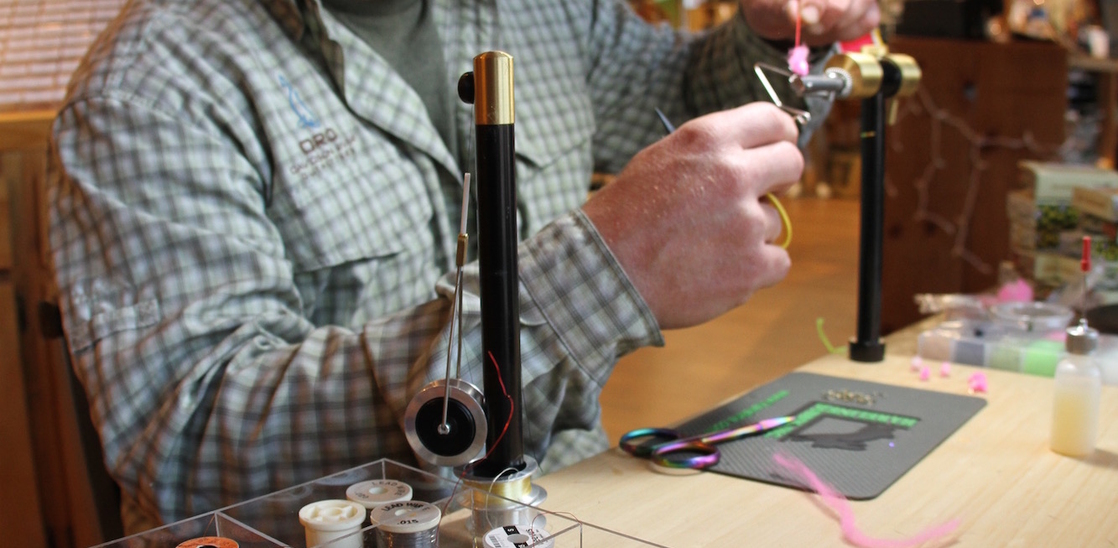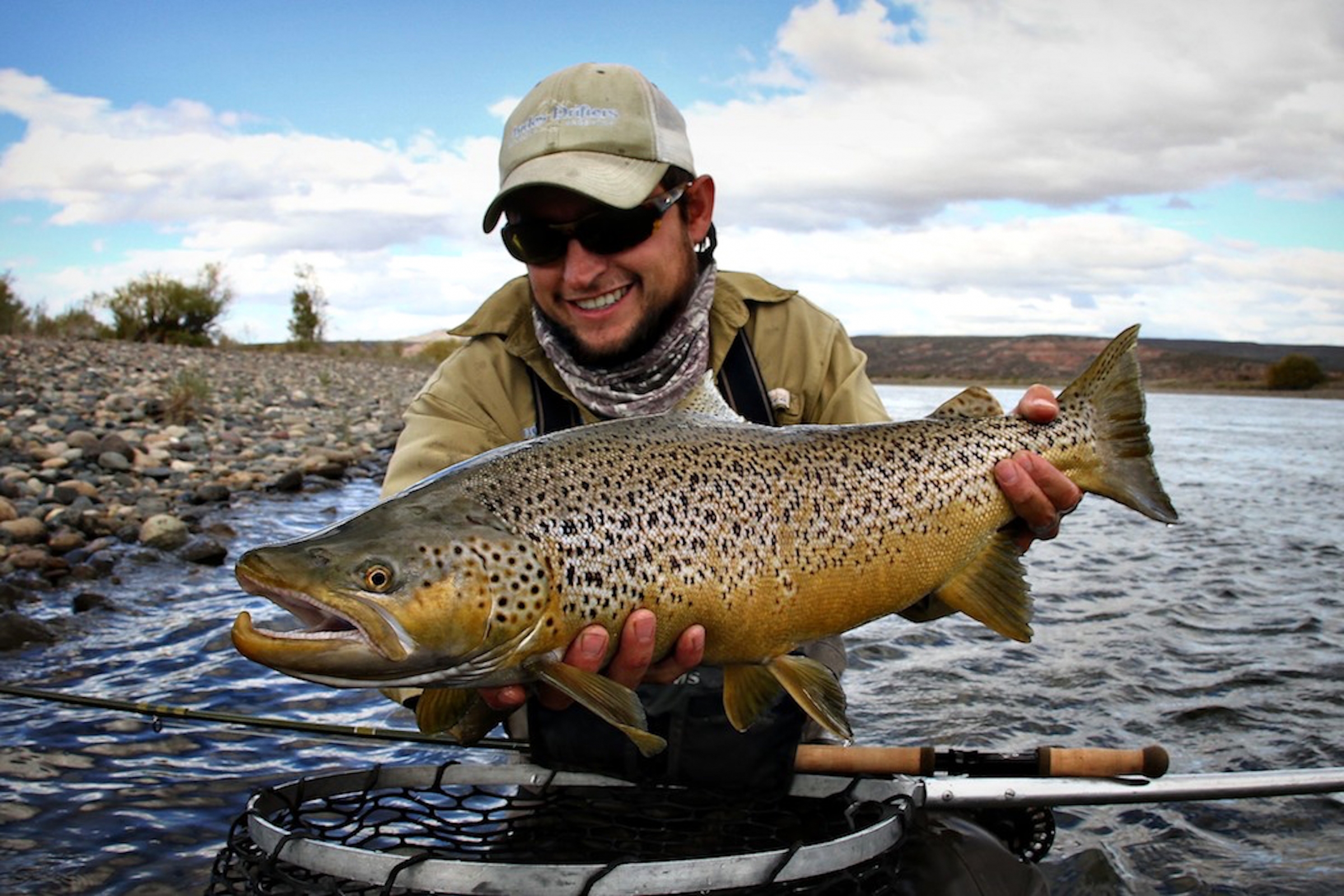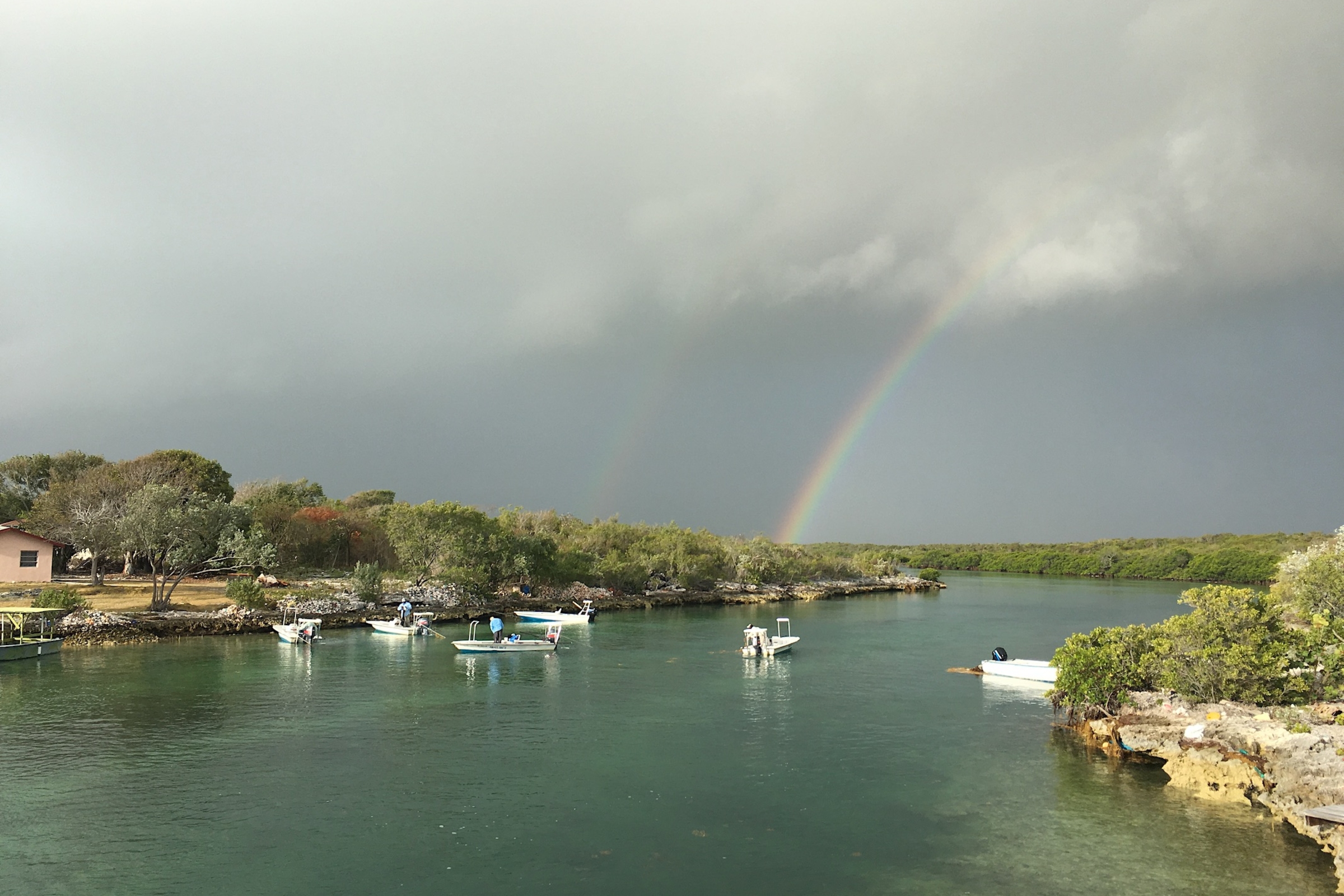With the first day of Fall approaching, the time to get excited about our "Second Season" has arrived. While the first day of Fall may be September 21st, Western North Carolina doesn't truely experience a seasonal change until the middle of October. Despite the lingering Summer, the next few weeks are a good time to both clean, and organize, your gear, tie flies, and make better informed plans for Autumn fishing excursions.
While we've all heard of Spring cleaning for our homes, many anglers haven't heard of Fall cleaning for their gear. After a Spring and Summer's worth of fishing, and sweating, one's waders, packs, vests, and boots probably could use a wash. Let's start with the waders. To wash your waders, empty all the pockets, turn them inside out, and wash them with a gear friendly detergent such as some of the products from Nik Wax, or Graingers. If you don't have access to those, then a gentle soap such as Dr. Bronners will do the trick. Wash on a gentle cycle. For drying, nothing beats the power of UV light for killing the stank, so hanging them out in the sun is the best. Be sure to dry them both inside, and then on their outside. Once dry, this is a good time to check for, and patch, any leaks that you may have. Finally, give the outside fabric a spray on DWR refurbishment, for that water beading, newer wader feel. Next comes your vest, or pack. Begin by dumping out all those rusty flies, random split shot, wrappers, dirt, leaves, and whatever else is in there. In doing so, you'll likely find both treasures, and tragedies, but the point of this whole thing is to know what you have, and what you need, so take the bad with the good. Then a gentle wash and line dry will get rid of months of back sweat, melted candy bars, and dribblings from crushed beer cans. Trust us, we can smell your vest, and your pack. Then, there are your boots. A spray from a hose, a dip in a 10% bleach solution, and some sunlight will take care of any funk here. No reason to go too crazy, just make sure you aren't a vector for invasive species.
So now comes the fly organization conversation. If you have fished for a while, you know exactly what types of flies you are going to use this Fall, if you haven't, then don't hesitate to swing into the fly shop with your fly box, and ask us. It will likely go like this. "Green Drakes, Yellow Sallies, and Blue Duns?" Nope. "Gray/Tan Caddis, and Soft Hackles?" Yes. "Eggs and Worms?" Always and forever. "Streamers?" Maybe during higher water events, or just after a river is stocked. "Variations of Pheasant Tails, Hare's Ears, and Prince nymphs?" Totally. What we are getting at here, is that this is a great time to condense fly boxes, and carry less stuff. You don't need your Sulphur Emergers, that you picked up for the South Holston, on Day Three of Delayed Harvest Season on the East Fork. Will they eat them? Sure. Are they worth two rows in a fly box? No. A simple solution is to make two real boxes of flies for Fall. The first should be a box filled with a variety of Elk Hair, and CDC, Caddis dries, along with a few standard "mayfly" patterns(Adams Family), and some small terrestrials for the pre-frost period. Then, make sure to leave at least 1/2 of the box space for size 14-18 Soft Hackles in Tan, Brown, and Black The second box , would be a nymph box containing basic Pheasant Tails, Hare's Ears, Princes, and small Caddis larva. Throw in a few smaller Girdle Bugs/Pat's Rubber Legs, and then leave 1/3-1/2 of this box for "fast food". You know, the stuff they really eat. Squirmies, Eggs, and Mops. Say what you will about these patterns, but we all know where to go when the chips are down. Be sure to have a variety of colors, and sizes.
Get Your Fall Fly Box Ready
Then it is time to talk about the other stuff. Do you have plenty of tippet? How about floatant? Split Shot? These are all things to get now, so you don't need them then. If you have plenty, cool. If not, don't wait til the last minute. You may find yourself having to side track from a couple hours of fishing after work to come by the shop to get something as easy as floatant, thus reducing your actual fishing time. Don't get us wrong, we love your business, but we love you having fun even more. Shop ahead, so that you can make the most of your time. We are happy to put together an entire fishing kit for you.
Finally, plan ahead. If you are looking to take time off this Fall to fish, make sure you are taking off at the right time. The first two weeks in October is pretty much like summer. Green leaves, hotter days, lower water. Then, the color change comes. While the leaves are pretty, they are a pain to fish through when falling. This is a good time fish morings, and get off the water before the leaf hatch arrives. Not all rivers get super leafy in the afternoons, but the Davidson sure does. Unfishably so, toward the end of the month. Delayed Harvest minded anglers should also be sure to check the stocking dates for their favorite streams. No stocking=no fish. Lastly, those headed to the Tuckaseegee should keep this statement in mind. "November means twice as many fish, and December means half as many people."
==


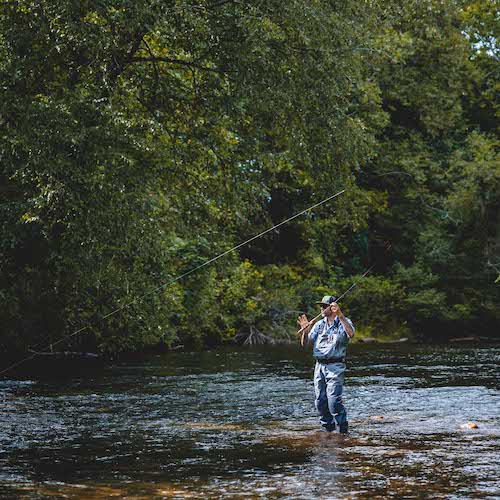 Stream Report
Stream Report Seasonal Hatches
Seasonal Hatches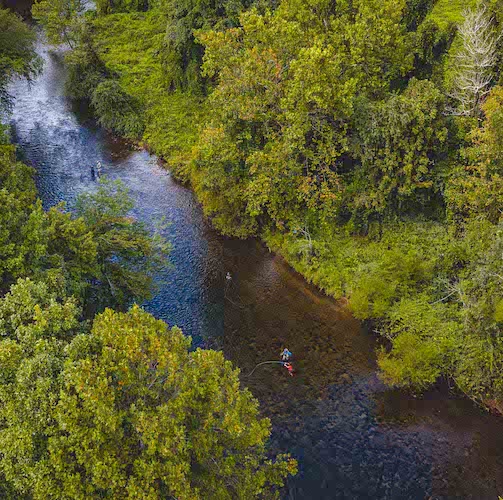 Stream Guide
Stream Guide